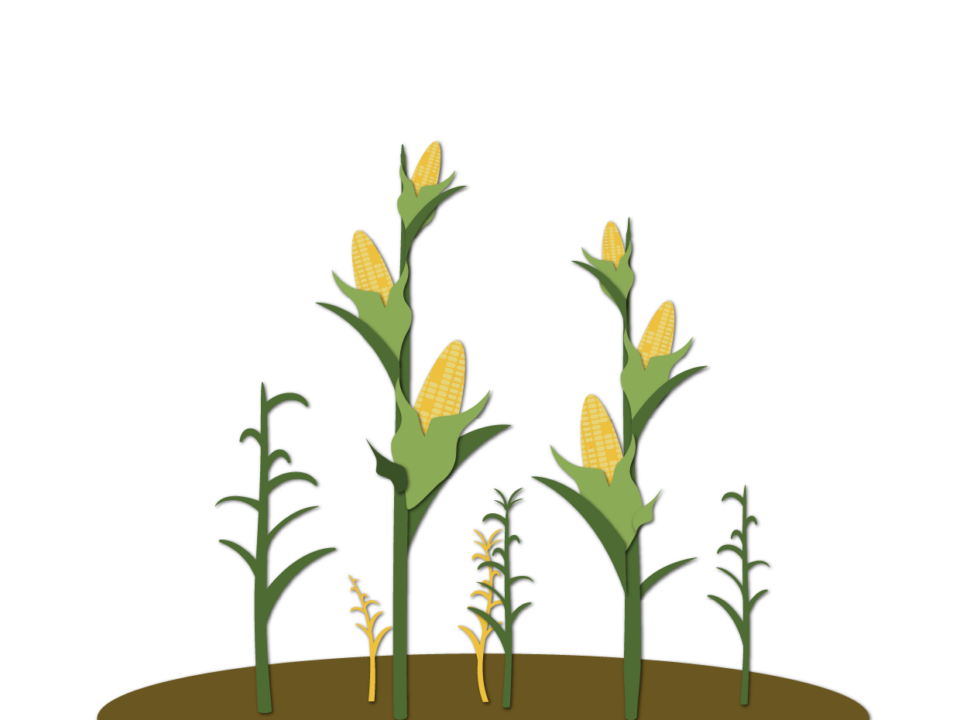On this page you’ll find
How payments from your RDSP work
The beneficiary can withdraw money from their RDSP at any time. These withdrawals are called disability assistance payments (DAPs). There are withdrawal rules for these payments.
Lifetime disability assistance payments (LDAPs)
The beneficiary must begin receiving regular payments, called lifetime disability assistance payments (LDAPs) the year they turn 60.
Once the payments start, they must be made at least annually until the beneficiary dies or the plan is closed.
The maximum annual payment amount is based on a formula set by the CRA. The formula takes into account the value of the plan and the life expectancy of the beneficiary. Talk to your financial institution about payment amounts and frequency.
Estimate future payments
Use this calculator to do the math. It estimates what your RDSP could be worth in the future and the potential payments you could receive.
Payments don’t affect other government benefits
Payments do not affect a beneficiary’s eligibility for:
- federal benefits like the HST credit and the Canada Child Tax Benefit, and
- provincial benefits in most provinces. Learn more about provincial rules for withdrawals.
Tax consequences
The beneficiary may have to pay tax on the portion of each payment that comes from:
- government grants and bonds, and
- investment earnings.
But they won’t pay tax on the portion that comes from contributions made to the RDSP.
3 key points
- Regular payments must start by age 60
- Payments must be made at least annually
- Payments are taxable to the extent they exceed contributions
